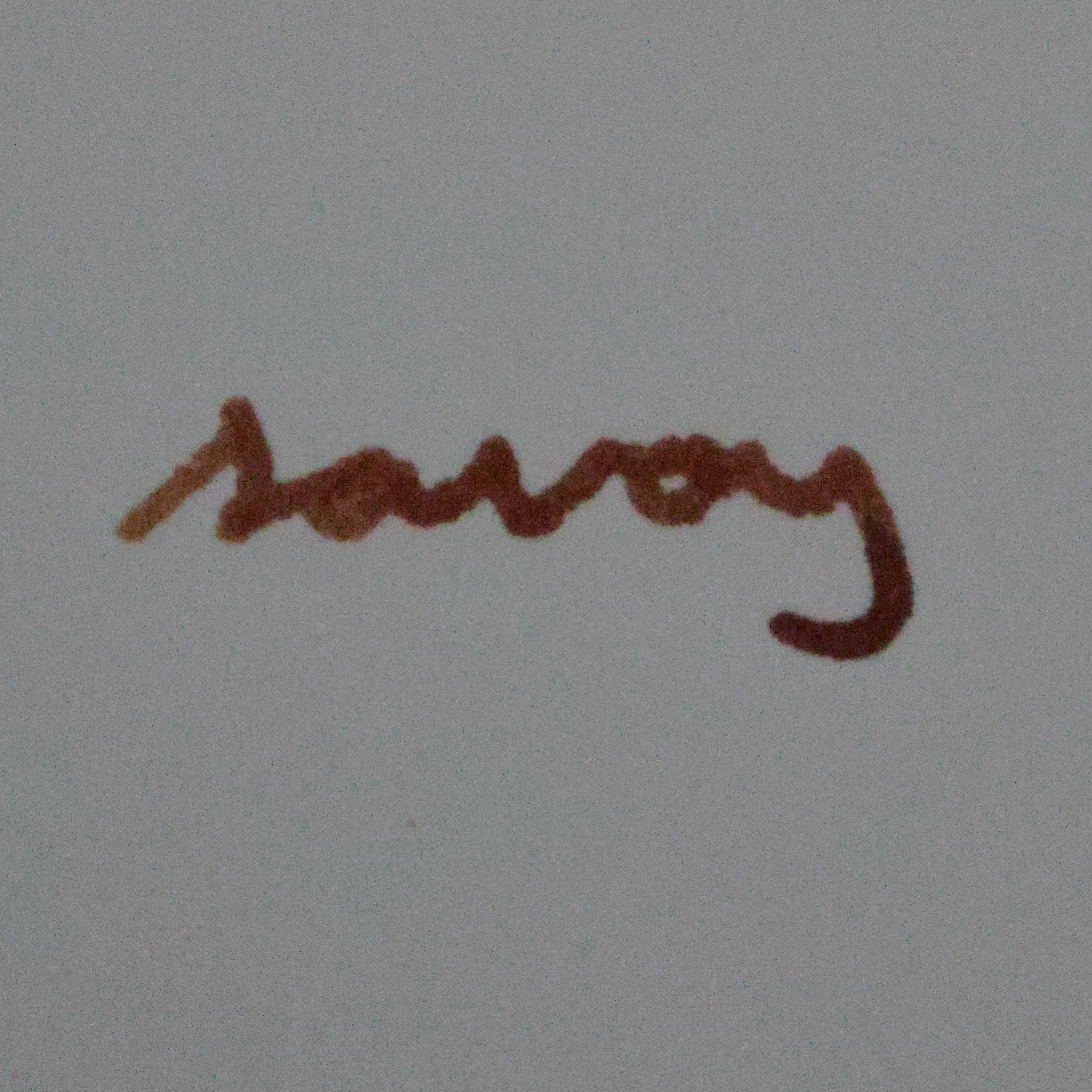I’m currently writing this on the MATE desktop. I started with linux on the gnome 2 desktop, so it only makes sense. A long time ago I used Xmonad (a tiling window manager) but tiling has less appeal for me now. If I need/want a lightweight solution, I use CWM (https://en.wikipedia.org/wiki/Cwm_(window_manager), which was originally developed on OpenBSD, but is usually available across different Linux distros and BSD’s.
I’ve tried pretty much every DE/WM under the sun at this point, and would be interested to know what you use and why
XFCE
dwm, initially because it’s lightweight, and now mainly because I’m used to it. Tiling is essential to me at this point
I used to think tiling was essential to me to, but as I started using laptops exclusively smaller monitors meant I stopped seeing the point of it.
I also only use laptops (mostly for low power consumption) and I still consider it important (so that I don’t have to use the trackpad). Do you use a floating window manager, then, or is there some other type (aside from a combination of the two)?
I use either MATE or XFCE. If I want something minimal I use CWM (which started on OpenBSD, but is everywhere now). CWM is really bare bones and configurable. It’s worth checking out. I usually use thinkpads, so the trackpoint in the center of the keyboard means I don’t need to move my hands away from the keyboard to use the mouse.
The reason I don’t use tiling anymore is because at a certain point I just didn’t find it helpful. I used to use xmonad exclusively, and I did like it. But with a smallish screen, tiling just didn’t seem helpful. The workflow with my keybindings was nice, but I can recreate that across different WM’s.
Another reason is lack of time. I used to spend a decent amount of time configuring things to be just so. I don’t have that free time anymore, so when I get a new (used) laptop or do a reinstall, I start with something like MATE or XFCE, so I can just start working. Tiling is great, but each WM has it’s paradigm and way of doing things. Traditional desktop environments are based around a concept I grew up with am accustomed to.
Makes sense to stick to what you’re used to – I haven’t tried any other WM since I became a Working Adult™. Tiling just seems to be the easiest option for moving and resizing windows without a mouse, but I’m sure it’s possible to do it with a floating WM with the right keybindings
Yeah I’ve been using linux since about 2007(?) and what I noticed in all the online discussions about gnome v kde or whatever, is that everything comes down to personal preference.
FWIW, with CWM there are default key bindings that maximize horizontally and vertically, which can create a tiling effect. You can resize/move programs just with keys. It also has the concept of groups (instead of virtual desktops). So you enter a key combination, and whatever you added to that group is minimized/raised.
Do you use the default keybindings? I found that they often interfered with the common keybindings of programs I use.
I think I’ve changed most of them. Switching tags is
Mod4 + 1-9, which I believe is the default. I have a few patches applied as well
bspwmWhen I first started using Linux full-time around 2015, I used Cinnamon on Mint. 2017 I made the switch to XFCE on Debian, and 2018 I started to look at tiling WMs once my usage mostly revolved around the terminal.
i3 honestly seemed too “basic” and I already had a bad impression of it after unsuccessfully trying it. Heard that bspwm was another popular one, so set that up on Debian and I’ve used it since, even now that I’m on Void
XFCE
XFCE and Cinnamon mostly. Haven’t really learned anything better yet.
XFCE is great. I usually go MATE or XFCE when I want a full desktop environment
Think I might try Wayland/sway on my workstation project… XFCE just works and has the features you expect from a traditional desktop + plenty of useful plugins. But it’s somewhat ugly, nothing fancy. I like KDE but plasma was just too buggy so I use XFCE. Also QT framework isn’t FOSS I don’t like that. Cinnamon was my first and I still use it for my debian VMs. It’s really the best no bullshit one I know. Can’t really ask more from something that requires zero configuration.
I haven’t used MATE very much tho. Where would you recommend it?
I think MATE and XFCE are pretty similar actually. I pick one over the other at random to be honest. MATE is built off of gnome2, so if you have any experience of that, it will remind you of it.
i3wm
Same!
I’ve been on XFCE since around 2015, but since I’m doing more and more within the terminal and want a more keyboard-oriented workflow I’m thinking of switching to dwm.
XFCE. I’ve been meaning to try a tiling WM, specifically either Qtile or Awesome, but I haven’t gotten around to it.
Usually MATE nowadays, however I used to prefer XFCE. LXDE is my default for more constrained systems (1GB or fewer of ram), though in some cases I’ll just use openbox or icewm. When attempting to show off to or convince others of the merits of Linux ( or GNU/Linux or GNU+Linux for those into the semantics of it all), KDE is usually my desktop of choice.
KDE was too bugged out for me.
Yeah should I use MATE instead of XFCE on my gaming/work laptop?
For most people, I’d probably argue yes. Personally I’ve had less issues with screen tearing, and the environment looks a tad nicer (in my opinion). I don’t really use the extra functionality though, so if I’m trying to eek out just a little more performance XFCE is still my go to.
LXDE
DWM, I really like tiling window managers! Before I had used GNOME, FVWM, i3, Sway etc… I never tried KDE though.
Vanilla Fluxbox without any panel or wallpaper.
do you remove the default fluxbox panel at the bottom?
I used to use fluxbox years ago. I had custom keybindings for everything; it was fun to use at the time.
do you remove the default fluxbox panel at the bottom?
Yes i removed it.
custom keybindings
I am using it with i3-wm keybindigs.
I am a great fan of CWM, which I started using because it ships with OpenBSD and is much lighter than Linux Mint’s Cinnamon. It’s installed with a good default configuration and has proved easy to extend. The custom command menu is why I like it so much, as launching programs and accessing files however I wish becomes effortless. Works great with a mouse, too.
yeah I like CWM, especially the groups concept. It’s just such a clean environment as well.
sway with swaysome. Any WM that’s based on X11 causes screen tearing on my setup which turns into high CPU usage if I try to fix it via VSync or VBlank. Wayland just works.
How do you make Wayland work with X11 apps? I thinking about trying sway.
By default it has built in support for Xwayland.
did you use gnome when it was gnome 2?
Yep. And you?
yeah, it was actually my first experience with linux. I could never get used to gnome3, although I like it more now than when it first changed.
GNOME 3 brought a desktop paradigm shift, replacing the traditional GNOME 2 workspaces. Apart from that, it had performance problems that GNOME 2 didn’t have, and this was GNOME Shell’s fault (memory leaks and very high resource consumption, basically).
So yeah, it’s normal that you didn’t like it. But nowadays, using GNOME 42, I’m very happy with it and I think I’m more efficient and productive in this environment than in other more traditional environments like Windows or KDE Plasma.
yeah i remember experiencing some of those performance issues on older hardware when gnome first made the change. Even now, I appreciate it for what it is, but just don’t see the need for it.









